The province of Seville has an important wine tradition based, mainly, on the production of white wines, grape juices, brandies and liquors. The rich heritage and the beauty of the unique natural landscapes of the province of Seville combine with its unique gastronomy and wine production to create an unbeatable tourist destination.
The province of Seville is a fertile land that has promoted the cultivation of a great variety of products since ancient times. As part of one of the Roman provinces, its gastronomy and its wines are the result of what the climate, the soil, the varieties used and the human action have achieved since previous times. It is also a fundamental pillar of the tourist offer of our territory, which, since time immemorial, has been reminiscent of wine, moonshine and liquors that have not only survived the passing of the centuries and the many civilisations that have lived here, but have also been enriched by the many cultures that have made their contribution to the alchemy of the vine.
As a result of this heritage, the cultivation of vines and the production of good wines has spread throughout Seville. That is why we propose a detailed tour of the wine-producing areas of the province of Seville. Four regions, Aljarafe, Sierra Morena, Guadalquivir-Doñana and Campiña Sevillana, which are distinguished by their orography, their vineyards, their noble vines of different types of grapes and, of course, their wines, signs of identity of the towns that make up a province full of nuances.
SEVILLIAN SIERRA MORENA
The foothills of Sierra Morena form the most charming wine-producing area of the province for being located in a Natural Park, thus being a perfect place to enjoy a trip focused on wine tourism. Its wines were present in the trade with the Indies and there are references to them in literary works by authors such as Miguel de Cervantes or Lope de Vega, who contributed to their popularisation, but phylloxera and the socio-economic isolation of the region hindered its evolution. At the end of the 20th century, the wine culture began to grow again with noble varieties of Tempranillo, Cabernet Franc, Syrah, Merlot, Pinot Noir, Cabernet Suavignom, Chardonay and Vigonier. This production is recognised as a Protected Geographical Indication.
Going on a journey through its villages, Cazalla de la Sierra, known world-wide for its wines and liquors, offers an extensive natural and monumental heritage. Its wineries and distilleries offer unique experiences that will captivate you.
At Bodegas Colonias del Galeón you will be able to enjoy a guided tour through its vineyards where you will see the different varieties of noble grapes that they have, such as Tempranillo, Cabernet Franc, Merlot, Syrah, Chardonnay or Pinot Noir. They will show you the different tasks the vines need to obtain high quality grapes and you will finish the visit with a tasting and sampling of their wines.
Bodega Tierra Savia produces wines in a natural way. During your visit you will learn about their vineyards, the vine cycle and the processes from the grape harvest to the management of an agro-ecological vineyard.
The distilling tradition has two clear exponents: Destilería El Clavel, founded in 1896 and which, since then, has been producing its liquors in the same stills as always, drop by drop, with processes that last for days and whose result is the famous sweet anisette. On the other hand, Destilería Miura stands out, which joined Grupo Caballero in 1996 and whose sour cherry cream is its star product. On the guided tour you can observe the traditional way distillation through its stills and fruit maceration tanks to end with a tasting of its products, such as aniseed liquors.
The Centro del Aguardiente de Cazalla de la Sierra (Cazalla de la Sierra Moonshine Centre) has been created in honour of this legacy, a living and changing space that mixes history and tradition with contemporary history and innovative cultural projects. The Plaza de la Serendipia (Serendipity Square) stands out as an open space that contains an Emotional Micro-Botanical Garden (The Garden of Senses) with over 50 species divided by the five senses and explained through legends or myths.
Finally, you will be able to discover the importance of moonshine in the world of flamenco at the Flamenco and Moonshine Festival which takes place in December in the church of San Francisco.
In Constantina we find wineries and distilleries that have given the town a unique heritage. In the case of Bodegas Fuente Reina, the 17th-century estate of Purísima Concepción is the chosen place for the planting of grape varieties that cannot be found in Andalusia and whose production is for a high-quality wine aimed at a selected public. On the visit to the facilities, you will be able to see the 17th-century winery and wine press and its vineyards and the production area, much more avant-garde than the previous spaces
Bodegas La Margarita combines the most traditional methods with the most innovative practices in the field of wine production. With varieties of Tempranillo, Garnacha and autochthonous grapes, they continue to produce the Constantina grape juice.
Regarding the liquor tradition of Constantina, there two distilleries that stand out both for their history and their products. Anís La Violetera, which during the visit shows the history, tradition and local gastronomy of the industry in the area, as well as the traditional way of producing its distillates, especially the sour cherry cream, its most popular product. Destilerías de Constantina, which, through their copper boilers, holm oak wood, aniseed, wild fruits, spring water and know-how, manage to produce high quality products.
As it is a town closely linked to the wine culture, different food and wine events and festivals dedicated to these wines are held. The main purpose of the "City of Constantina" Wine Fair is to promote and publicise the local wine sector. The event, which takes place on the first week of April, is held in the old church of La Concepción. Finally, don't miss the Constantina Grape Juice and Iberian Products Fair, which takes place in November and involves the participation of local wineries in combination with companies from the Iberian products sector.


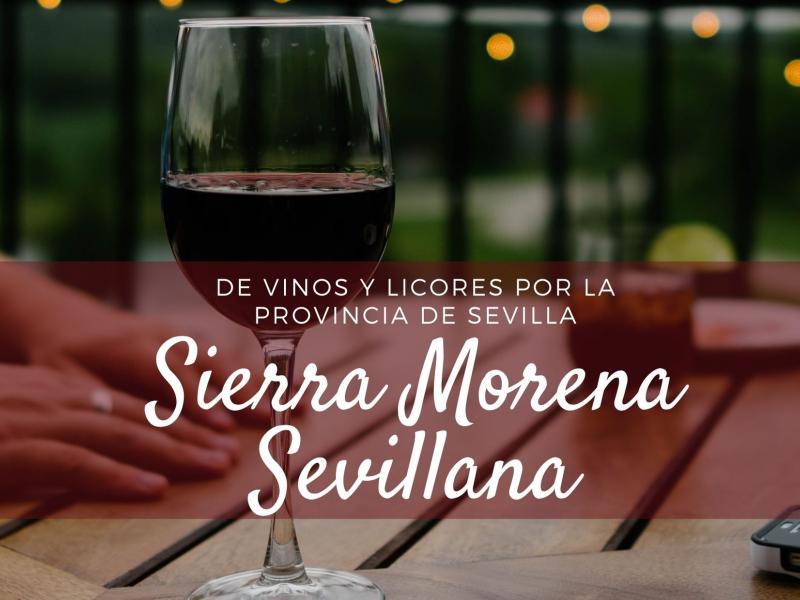
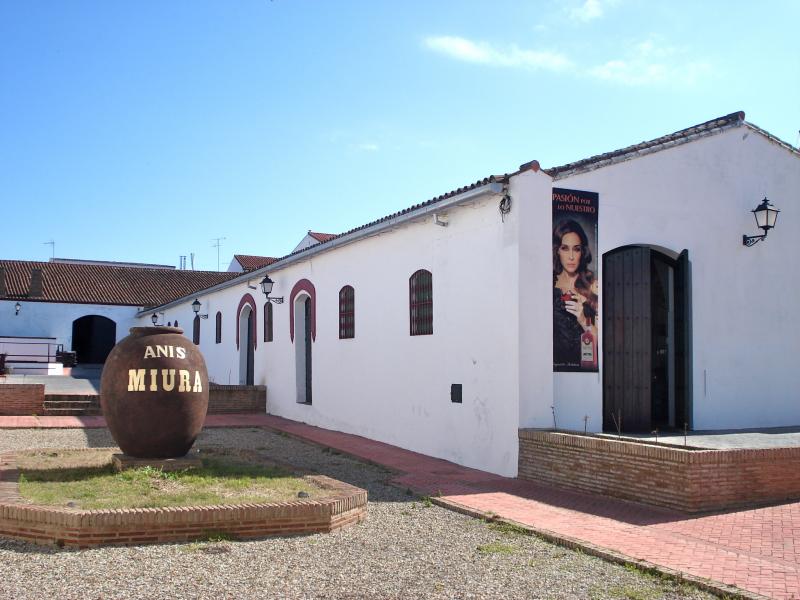
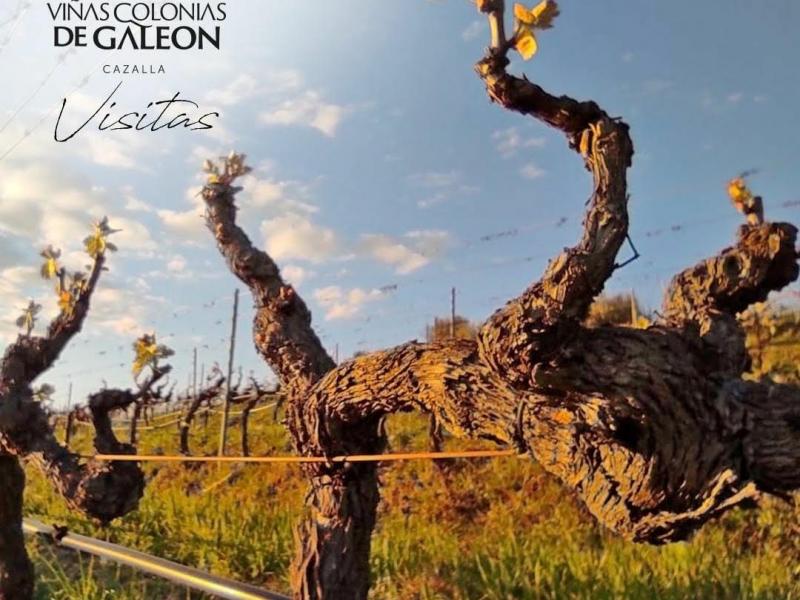
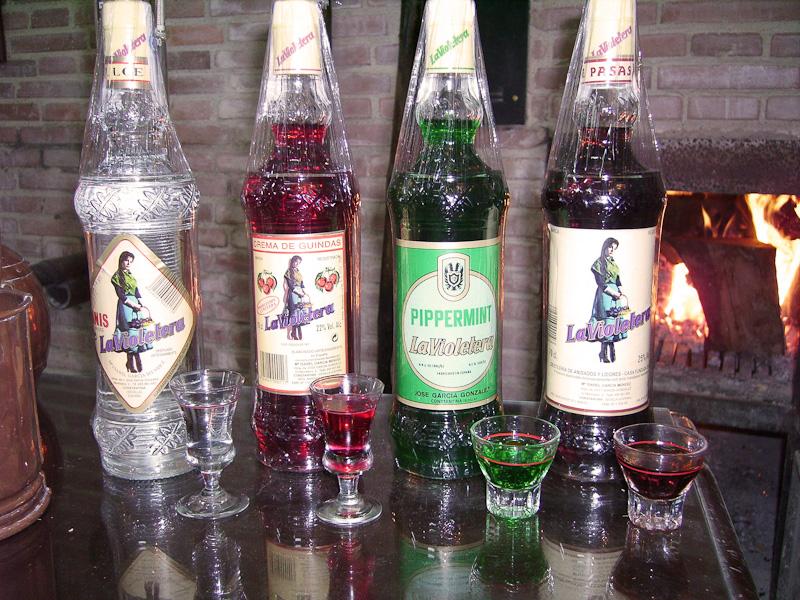
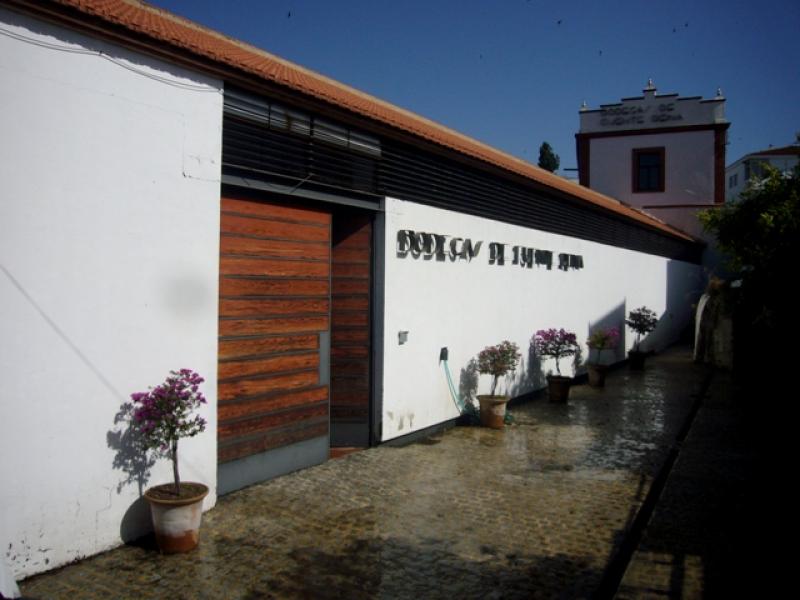
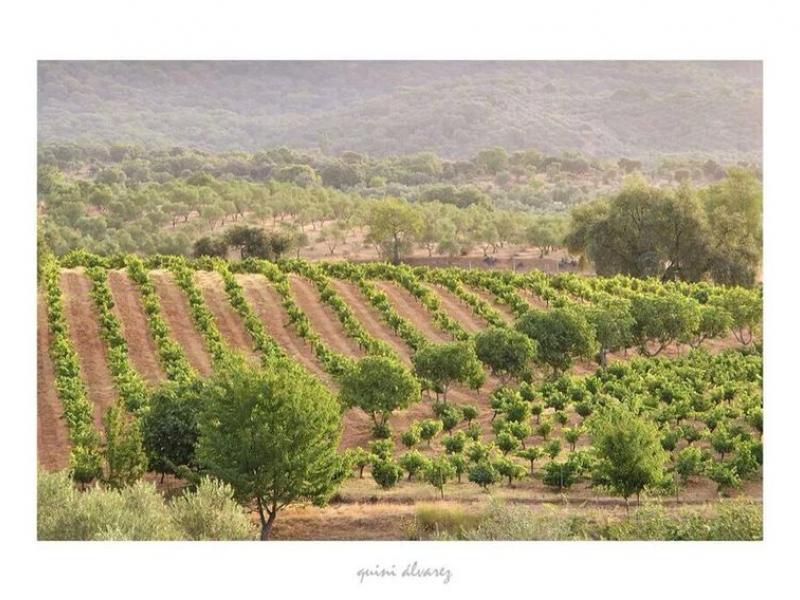

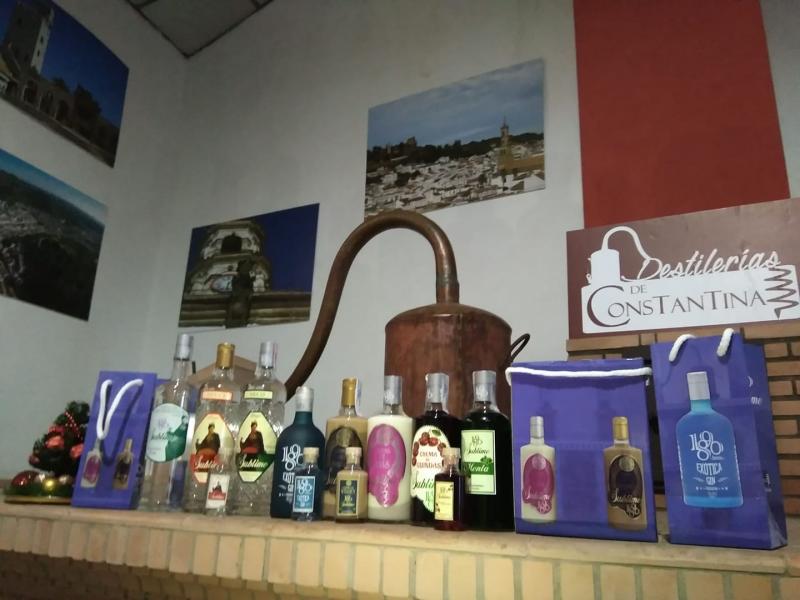
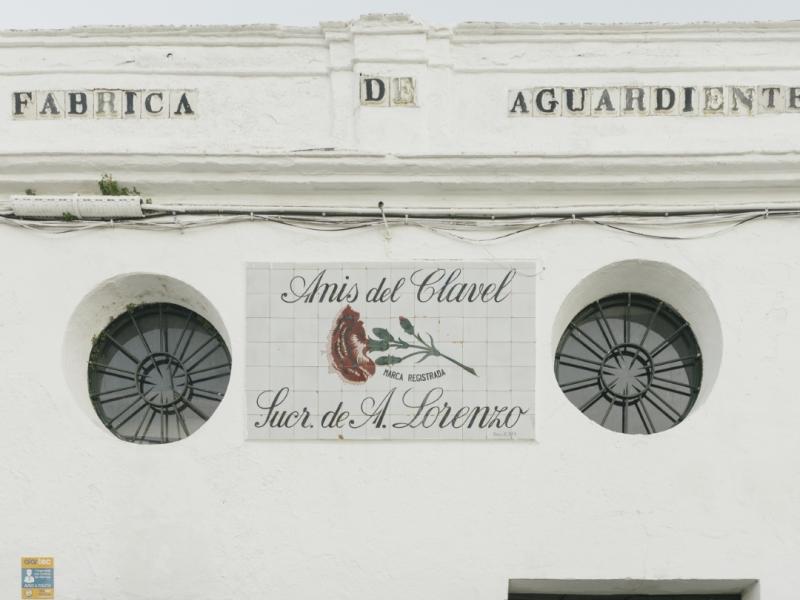
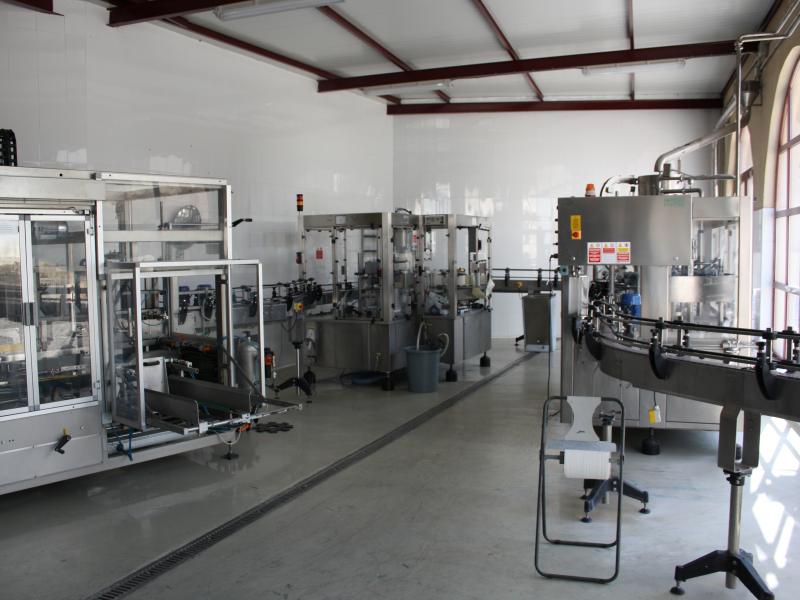
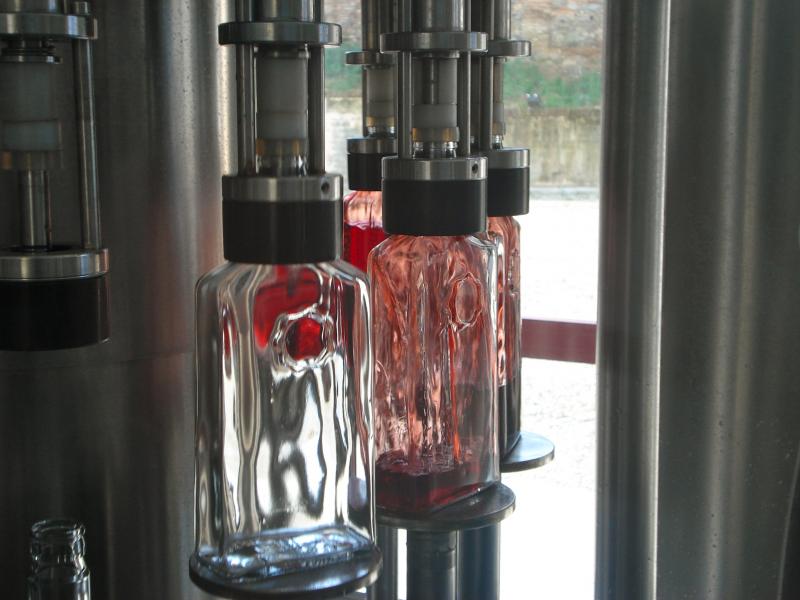
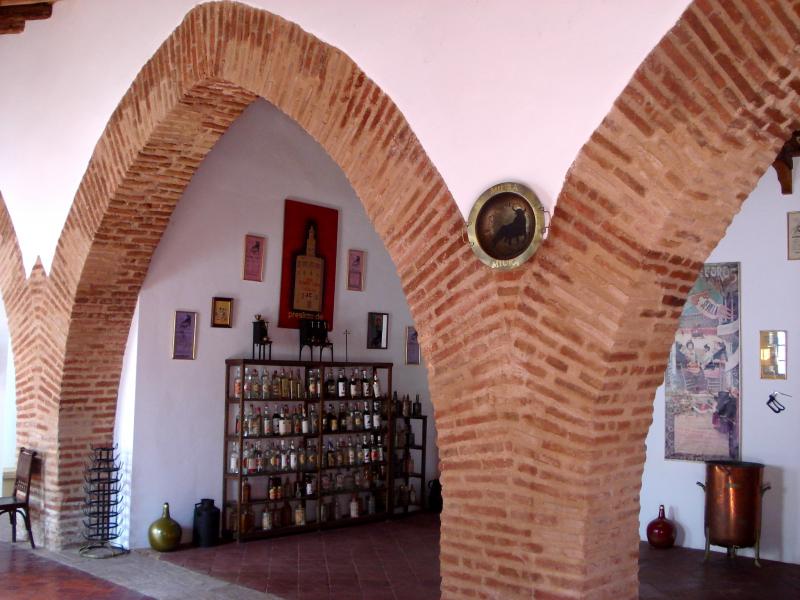
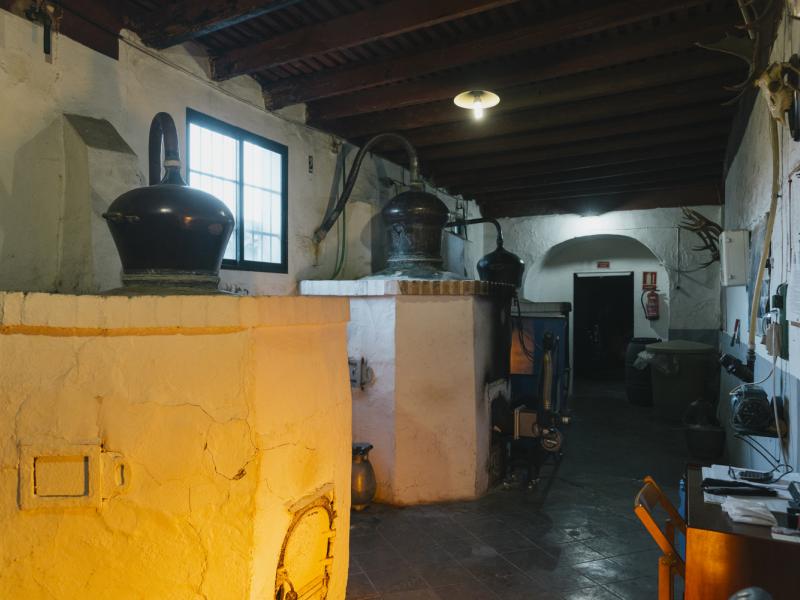
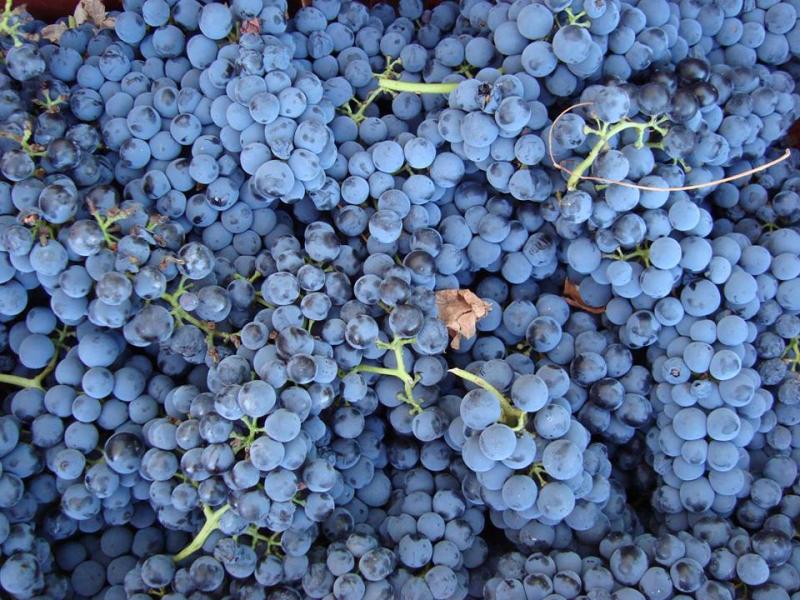
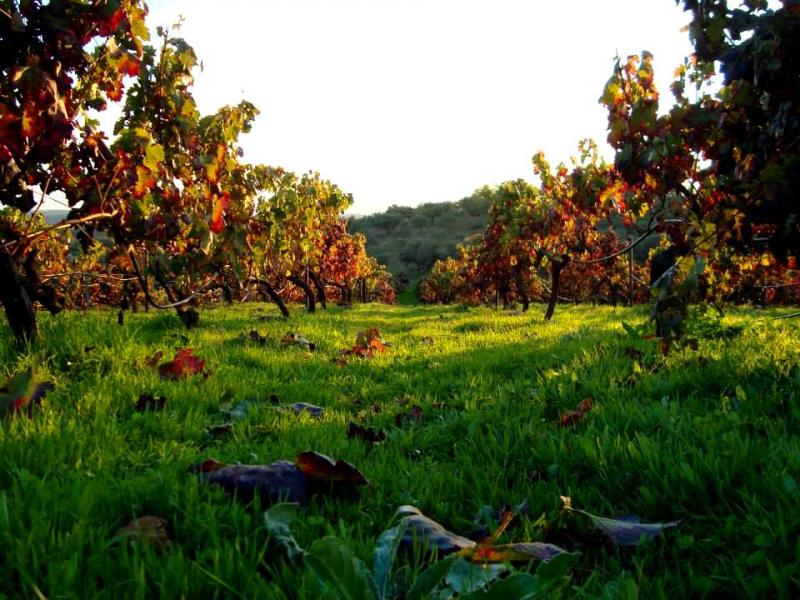
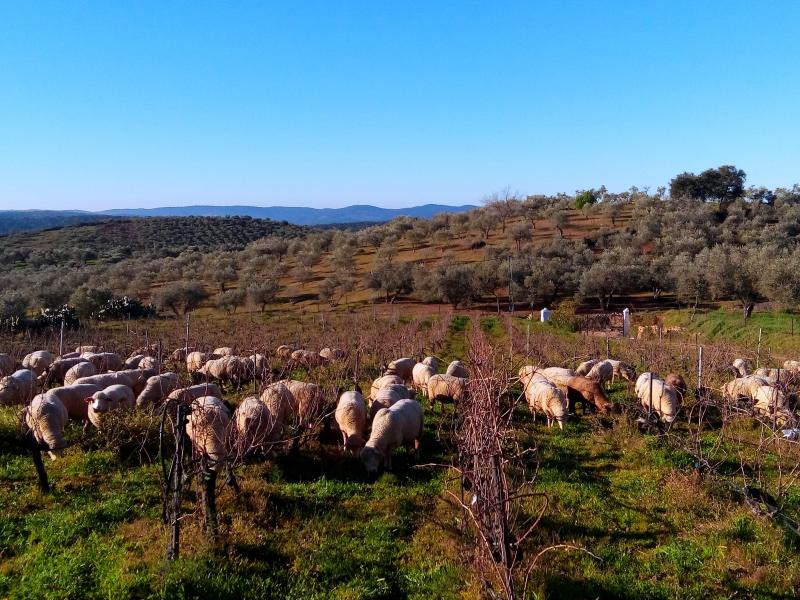
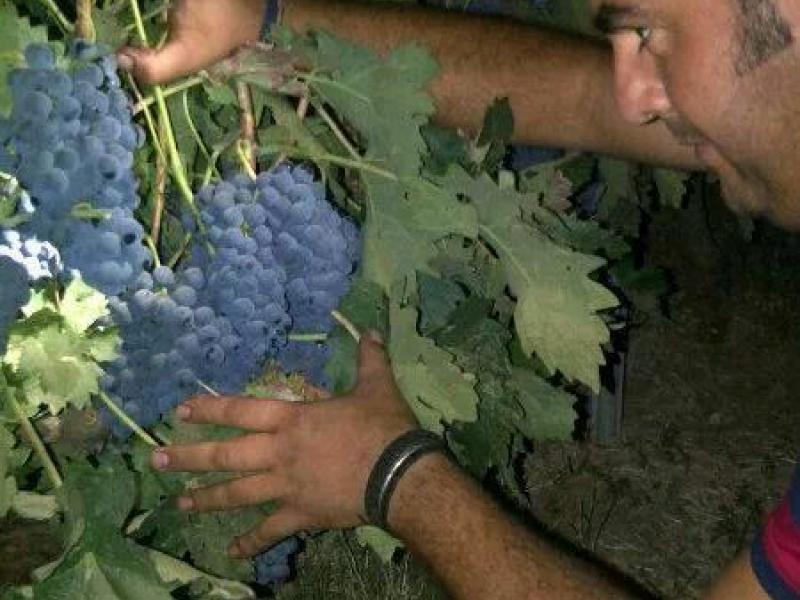
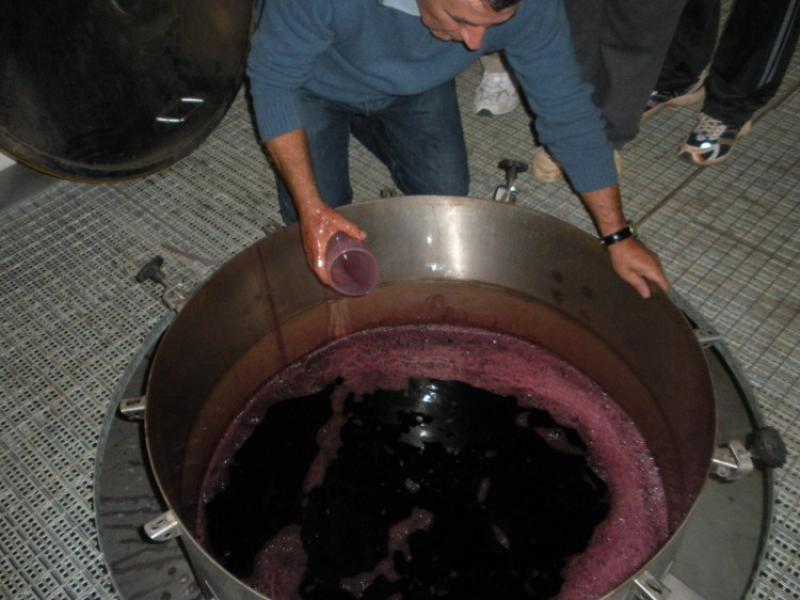
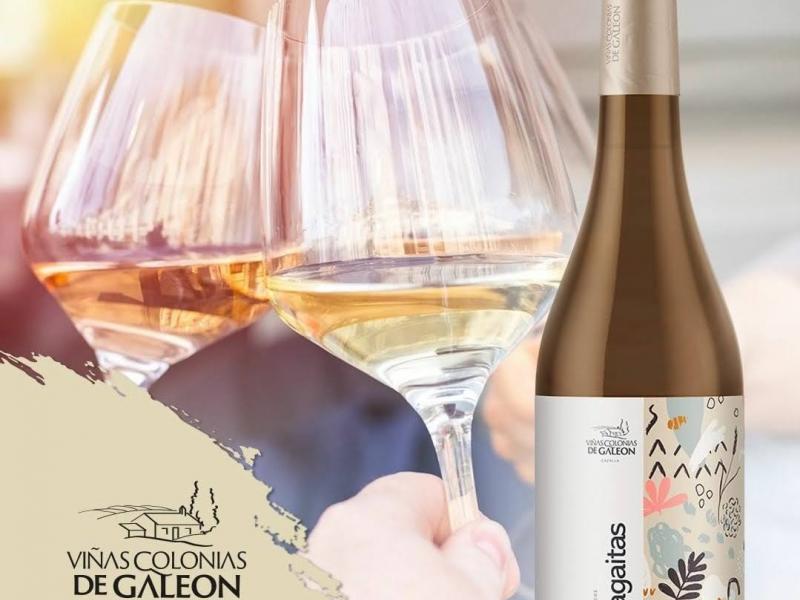
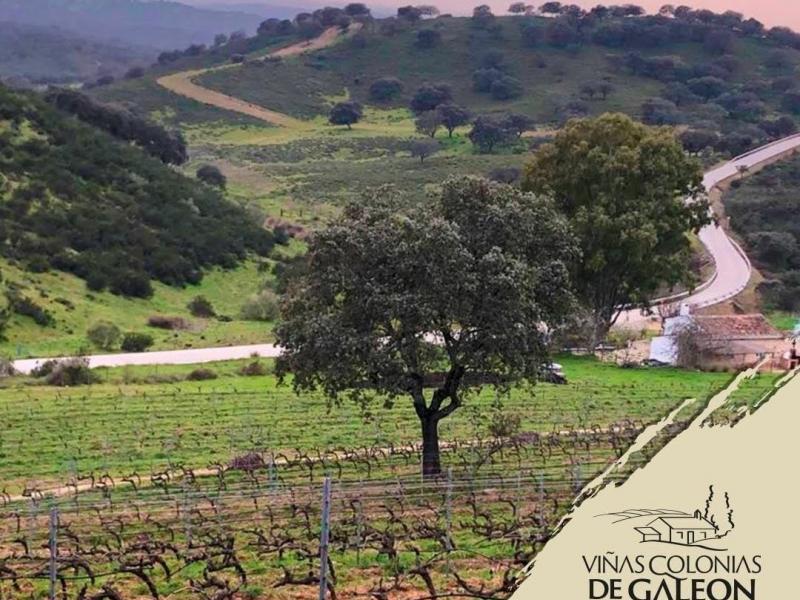
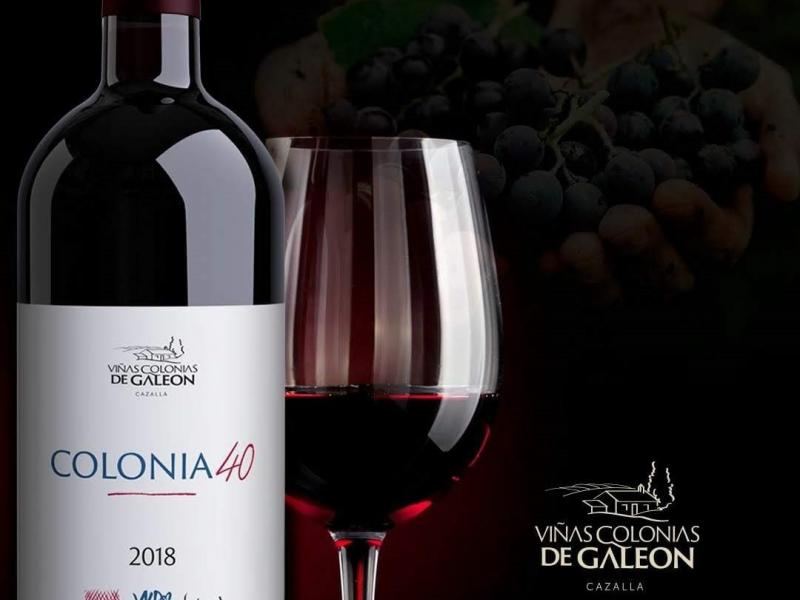
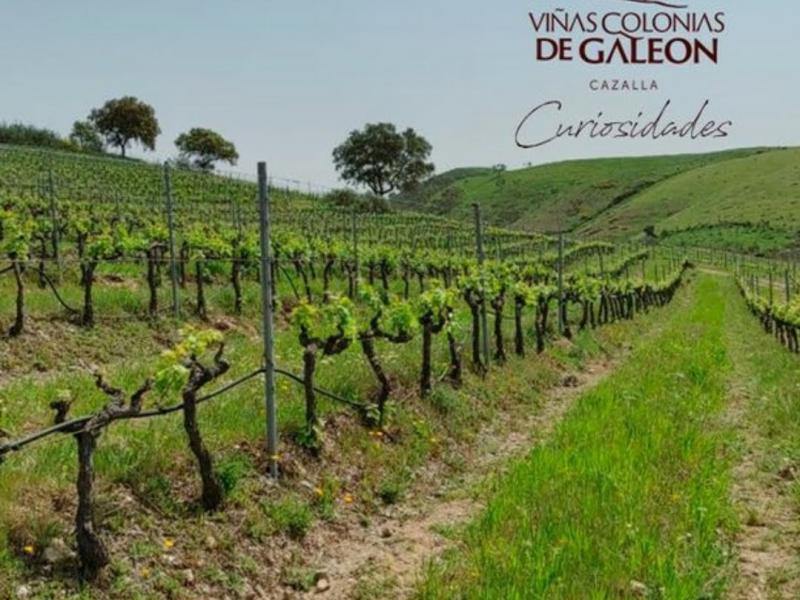
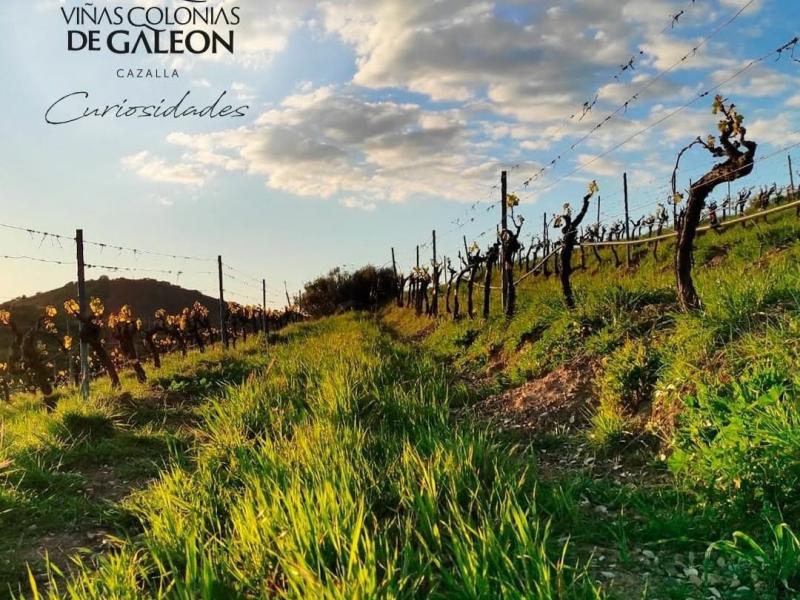
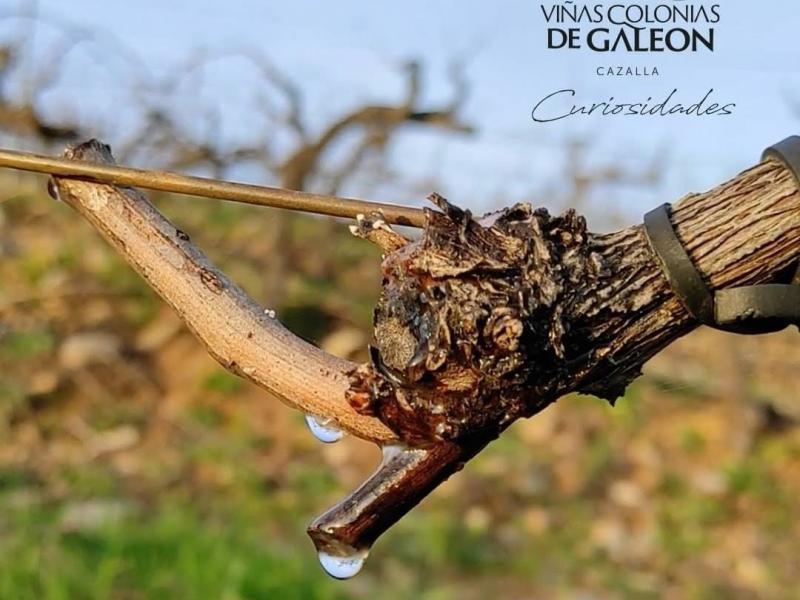
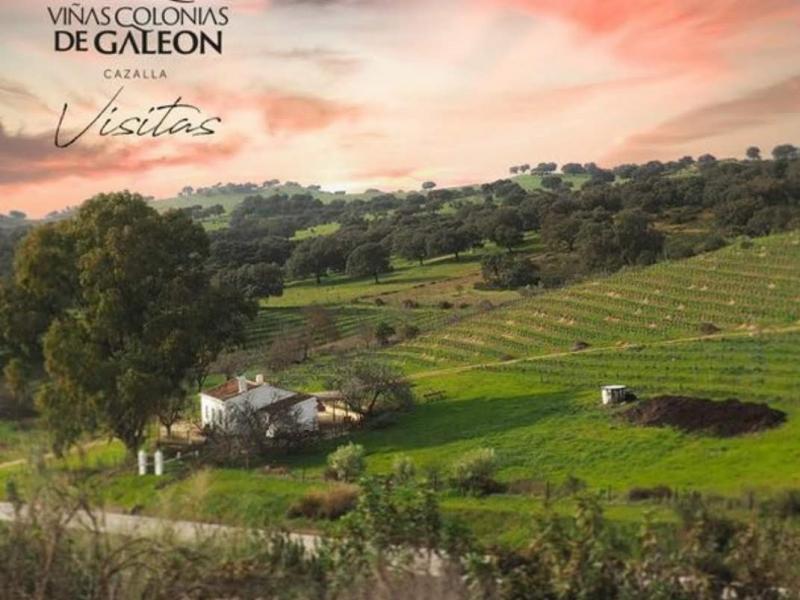
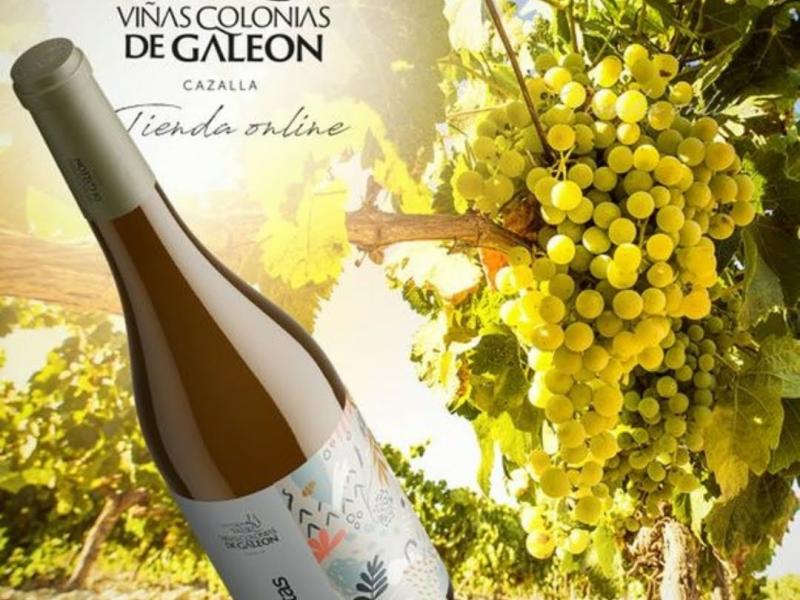
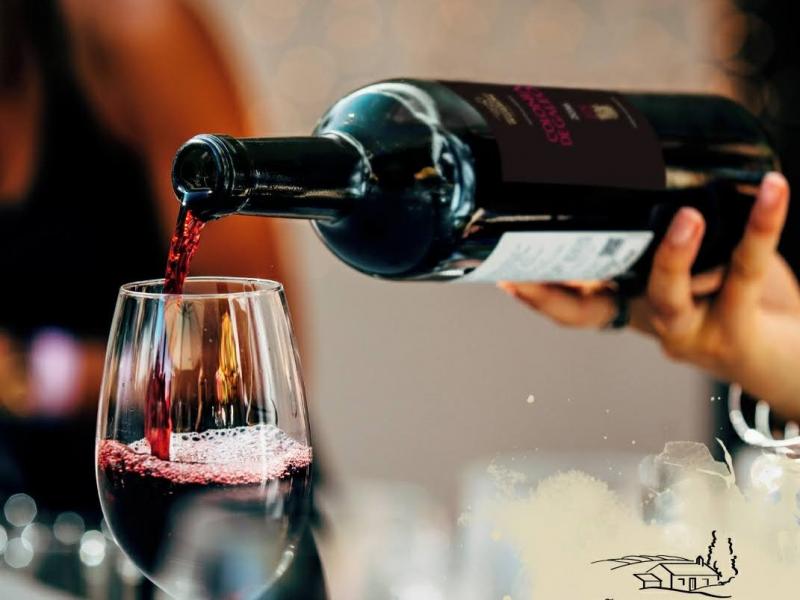
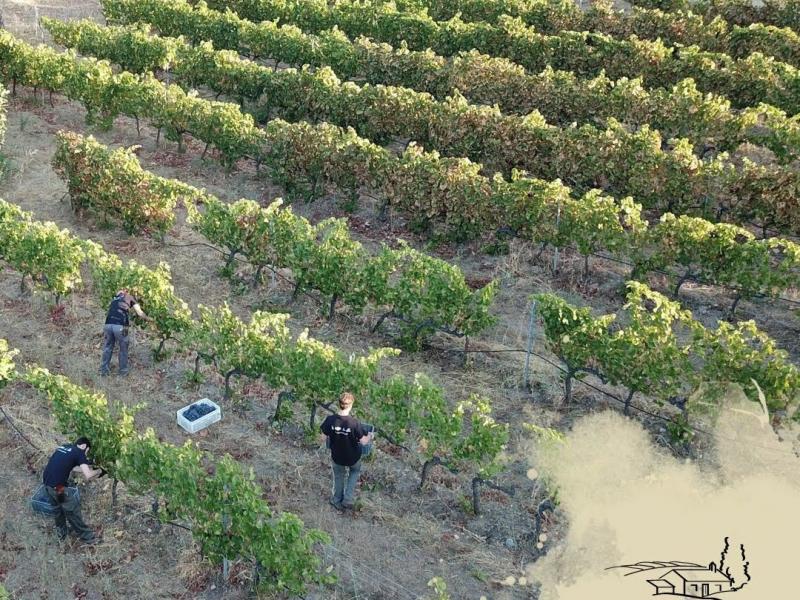
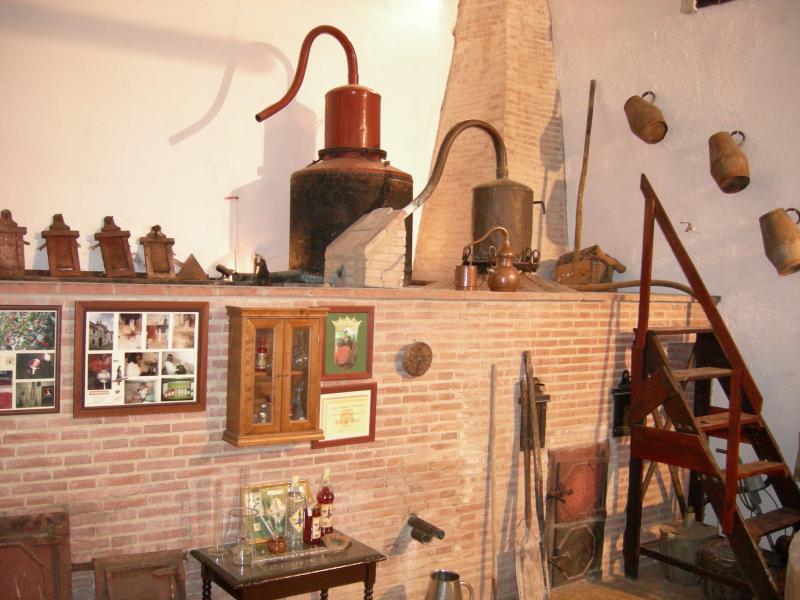
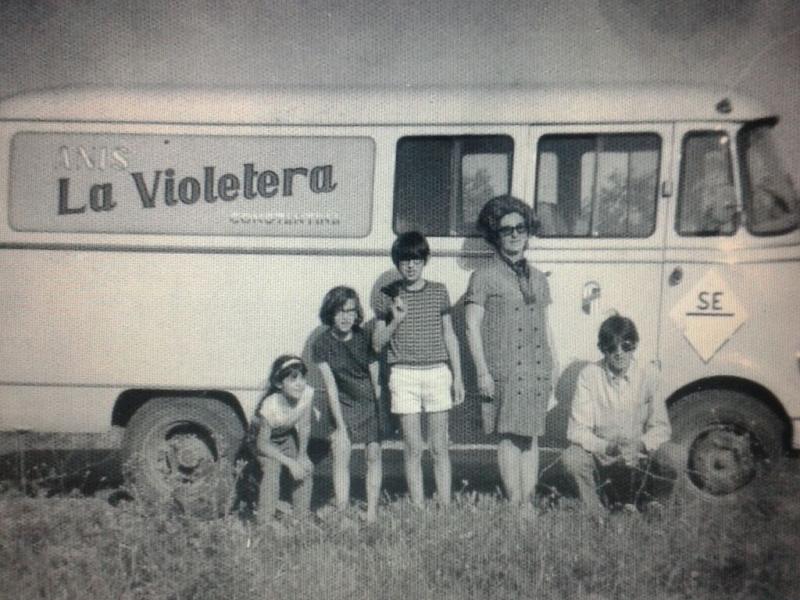
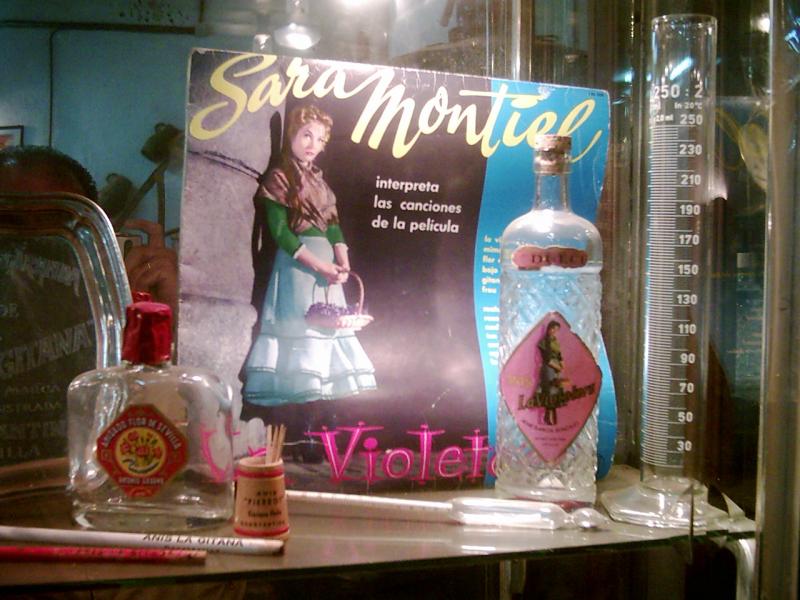
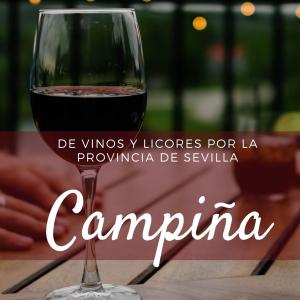

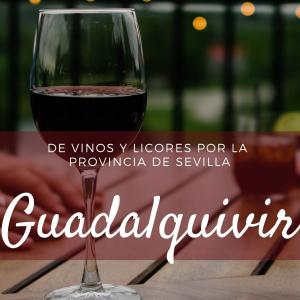

0 comments
New comment
The comments are moderated, so it takes a while to appear. If they contain offensive language they will not be published.